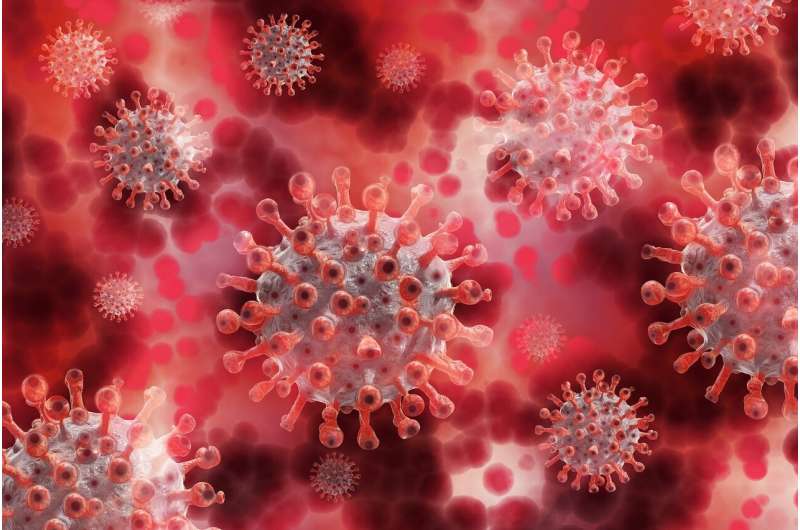
In a small study of long COVID-19 patients, those with and without coronary artery disease demonstrated improvement of a variety of symptoms, including fatigue, breathing difficulties and chest discomfort, after undergoing 15-35 hours of enhanced external counterpulsation (EECP) therapy. The study is being presented at the American College of Cardiology’s Cardiovascular Summit virtual conference on Feb. 16-19, 2022.
EECP is a non-invasive technique shown to improve cardiac and cerebral perfusion. Patients undergoing EECP arrive at the clinic to lay on a treatment table and are fitted with three sets of pneumatic cuffs on the calves, thighs and lower hip area. A 3-lead electrocardiogram is used as the mechanism for the cuffs to inflate sequentially, from the calves up to the hips during the resting phase of the heart. On the onset of the contraction phase of the heart, the cuffs deflate at the same time. This prescribed inflation and deflation pushes oxygen-rich blood throughout the heart muscle and the rest of the body. A patient undergoes a treatment session for one hour, with up to 35 treatment sessions over the course of seven weeks.
“Emerging data shows that long COVID is a disease that impacts the health of vessels, also known as endothelial function. EECP is a disease-modifying, non-invasive therapy that has previously shown to improve endothelial function in controlled clinical trials,” said Sachin A. Shah, PharmD, senior author on the study and chief scientific officer at Flow Therapy, a nationwide EECP provider headquartered in Ft. Worth, Texas. “We currently believe that this is the most plausible explanation for the benefits derived from EECP and the link to long COVID.”
Globally, an estimated 50% of COVID-19 patients experience lingering symptoms six months after the acute phase of COVID-19 infection, with the long-term symptoms varying in severity.
“Several of our patients were disabled to the point of not being able to work,” Shah said. “Remarkably, all patients at this point were able to successfully return back to work after undergoing treatment. These patients also showed improvement in ‘brain fog,’ which is a common symptom of long COVID. We are excited about continuing to analyze this data and share it in the future.”
Researchers included 50 long COVID patients (54±15 years old) referred to a Flow Therapy provider for EECP treatment in a retrospective analysis, including 30 patients with no history of coronary artery disease and 20 patients with coronary artery disease (CAD). All patients were assessed pre- and post-EECP therapy using the Seattle Angina Questionnaire-7 (SAQ7), Duke Activity Status Index (DASI), PROMIS Fatigue Instrument (PROMIS), Rose Dyspnea Scale (RDS) and 6-minute walk test (6MWT).
“These tests were used as they are all validated tools accepted by the International Consortium for Health Outcomes Measurement to assess fatigue, breathing difficulties and chest discomfort,” Shah said.
“They have been used in clinical trials to assess disease burden and are associated with morbidity and mortality benefits,” he said.
The analysis found statistically significant improvements across all validated testing tools:
- Health Status using the SAQ7 tool improved by 25 points (Range 0-100)
- Functional capacity using the DASI assessment improved by 20 points (range 0-58.2)
- Fatigue levels using the PROMIS score decreased by 6 points (Range 4-20)
- Shortness of Breath using the RDS decreased in 50% of patients
- Walking capacity (6MWT) in 6 minutes increased by 178 feet
Researchers found the change from baseline for patients with long COVID only was significant for all endpoints and no difference was evident between patients with long COVID without CAD compared to those with CAD.
Source: Read Full Article


